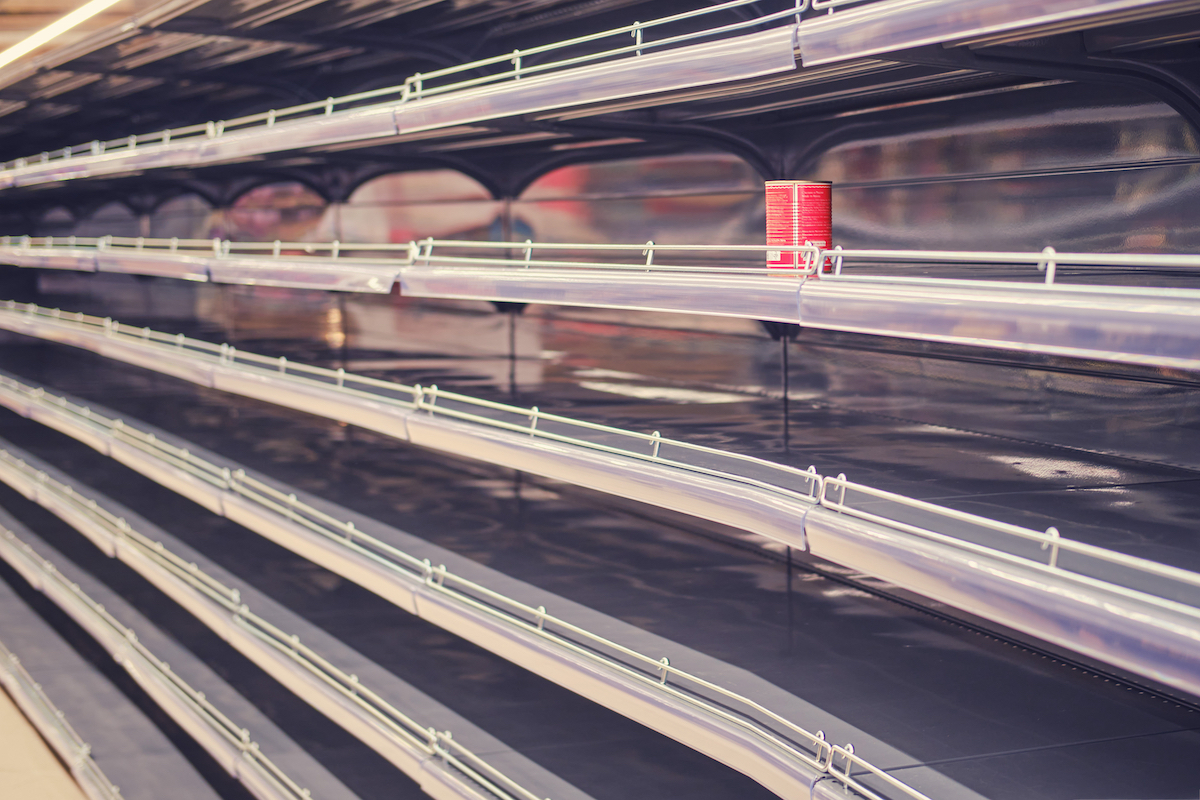- The last article discussed how water is required to support Sustainable (Intensive) Agriculture.
- We noted that more extensive irrigation systems are required to meet future food demand.
- We now consider the alternative, which applies to over 70% of global cropland; rainfed systems.
The Soil Water Cycle
Diagram 1 accounts for all the water flows in an agricultural situation.

The percentages will vary depending on climate and soil type. In this example of a hot climate, evapotranspiration (ET) is particularly high.
Transpiration is the release of moisture to the atmosphere from plant leaves and evaporation from the soil. There are limits to what can be achieved by modifying drainage, although best agricultural practice and choosing crops that can typically use the water more efficiently, such as vegetables compared to cereals, or crops with greater root depth, can be beneficial.
Similarly, some crops have less transpiration. Not all drainage is lost, and some will find its way into underground aquifers, for example. The areas we can influence in a major way are evaporation and runoff.
Rainfed vs. Irrigated
In the previous article, we introduced the concept of river basin/watershed management as an appropriate unit for managing water resources. It accounts for all the flows of water, from precipitation into available water, wherever that water finishes up. Although we demonstrated a mega-irrigation project in China, we were also able to show how using existing irrigation structures and creating simple, relatively inexpensive new ones with the aid of science and river basin management is possible (Honduras, as a case study).
The percentage of agricultural land that’s irrigated is dwarfed by that of rainfed (Map 1) as the underlay.

Blue water (fresh water) comes from rivers, lakes and groundwater and is the source of water for irrigation. Green water comes from precipitation, is stored in the soil and is the source of rainfed systems.
Although the map is out of date, it’s still useful, and came from the seminal A Comprehensive Assessment of Water Management in Agriculture (IWMI/Earthscan). Many more recent maps often use regional or country information such as that from AQUASTAT and, unfortunately, there are large gaps in the data. The map was never intended to show where there’s an overall risk of a water shortage in agriculture (often called water stress).
The situation in Sub-Saharan Africa needs greater analysis. According to the United Nations’ Environment Programme (UNEP), there’s currently 75 to 250 million people (350 to 600 million by 2050) who will be exposed to water stress and yields from rainfed agriculture could drop as much as 50%. Here, it’s possible to use affordable irrigation, which can easily double or even triple yields. Simple systems include the use of cheap drip irrigation kits and either treadle or solar driven pumps. The KickStart treadle pump costs between £20-80 and can increase a small farmer’s annual income by more than £800 per year.

This suggests that improvements in improved water productivity need to come from both improved rainfed methods and irrigation, using the many SIA methods discussed in previous articles, including min/zero till, better timing of operation and crop choices, improved soil management, and reduced land degradation. Many of these SIA methods are particularly useful in reducing both ET and Roff, as shown in Diagram 1.
The type of irrigation used is also important. It may be appropriate to use groundwater from aquifers that have a high replenishment capacity such as in the Indo-Ganges Plains. Worldwide, there are several workable aquifer replenishment systems, such as injection through wells down into the aquifer, and using canals and infiltration basins. Artificial aquifer recharge from treated wastewater from sewage and other sources is also a possibility.
Where uncontrolled, extraction of aquifer water occurs, and the results can be dramatic. Take the case of the Ogallala Aquifer on the Panhandle of Texas.

Over years, the water was extracted at extreme rates, with no replenishment, to irrigate miles of cotton and corn (maize) with centre pivot sprinkler irrigation. Now, the aquifer is virtually dry leaving the farmers to plant native grasses to prevent a 1930s-type dust bowl. Rising aquifers can also be a problem. Where irrigation water is supplied from a large lake (blue water) and transported by unlined canals to agricultural areas, aquifer levels can rise sufficiently so groundwater becomes saline. It’s a problem that has plagued Pakistan for years.
Micro-irrigation and drip irrigation is also valuable in improving water productivity. In areas where flood irrigation is practised, such as parts of India, countries such as Brazil, China and the US are using up to 70% less water for the same micro-irrigated crop.
In each region, a different mix of strategies will be required. Asia, in particular, has scope for improvement in both rainfed and irrigated areas. We already provided a good example of this in rice systems with the use of dry seeding. Central Asia and Eastern Europe can certainly improve existing irrigation systems too, and South America could improve its rainfed systems. Northern Europe and North America, excluding the West Coast, are primarily rainfed and that’s unlikely to change. Production increases should therefore come from any improved genetics, although genetics can also play an important role in more arid climates by breeding in drought (abiotic) and insect resistance because of warmer conditions.
Concluding Thoughts…
Water management is a key part of SIA. If global warming can be controlled, there should be enough water in the conceivable future for agricultural use, so long as it’s used efficiently and includes appropriate rainfed and irrigation components. We don’t have to let marginal areas turn into deserts.
Other Insights That May Be of Interest…
Sustainable Agriculture: Sugarcane Production
Sustainable Agriculture: Responsible Cane Harvesting
